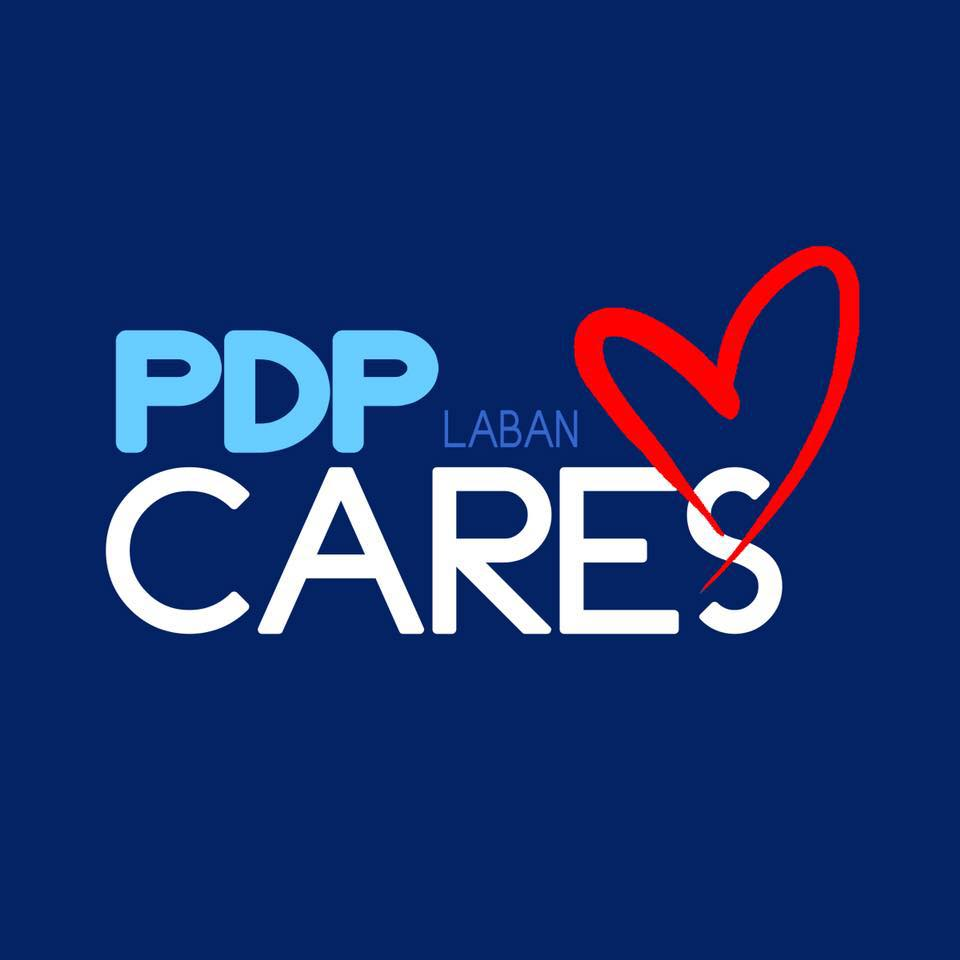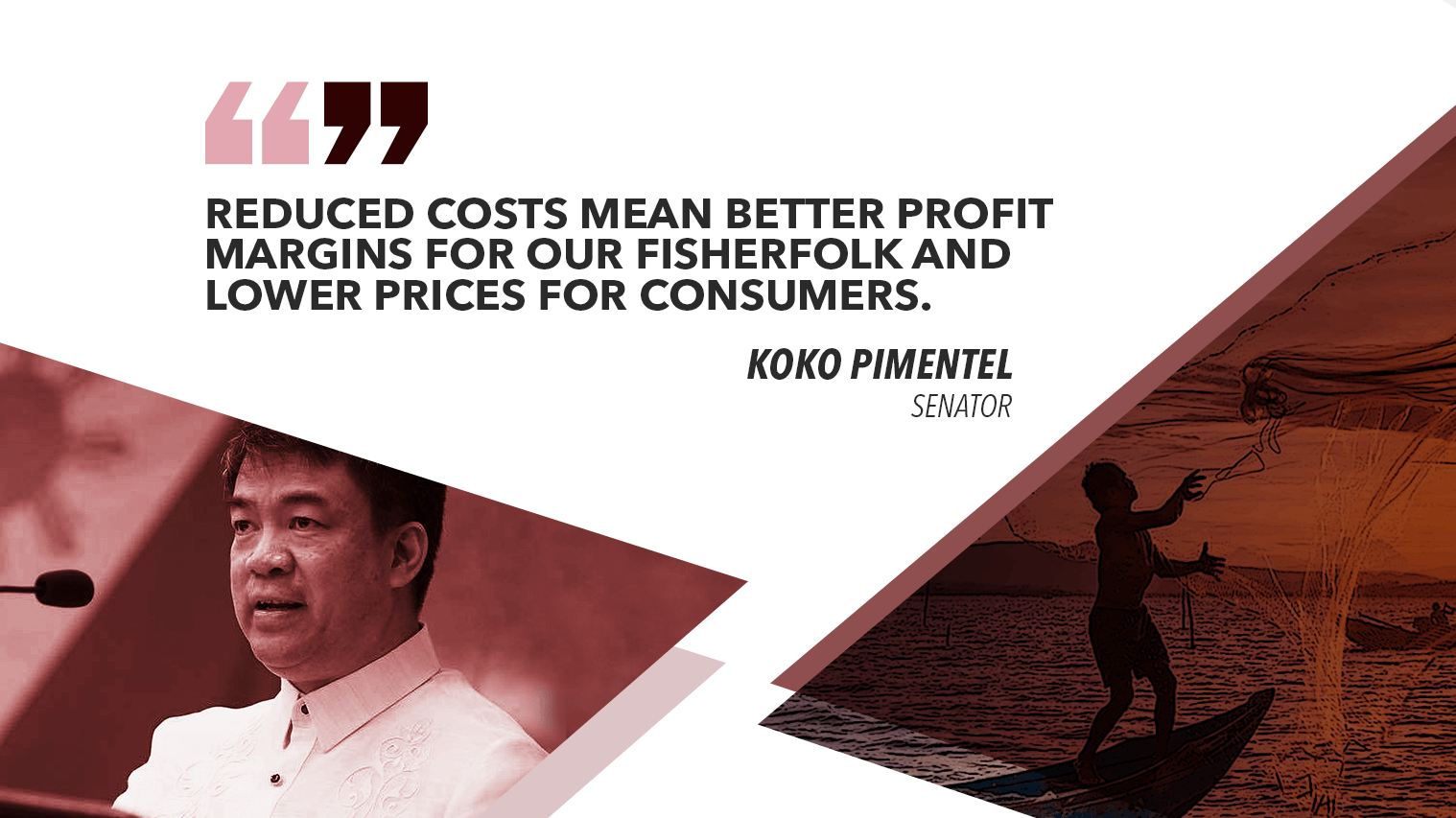Better economic opportunities for everyone, from fisherfolk to finance giants.
This according to Senate Trade and Commerce Committee Chair Koko Pimentel III, is “one of the core principles” of the administration’s economic agenda, and is one of the reasons voters should choose the senatorial candidates being endorsed by President Rodrigo Duterte.
The senator from Mindanao cited the recent approval of the Regional Fish Port Project for the Greater Capital Region (GCR), a P14.07 billion project that will rehabilitate and upgrade the Navotas Fish Port Complex (NFPC) to serve the present and future demands of the greater Metro Manila area.
“These facilities are vital to our fisherfolk, as they will help reduce the costs involved in their industry.”
According to Pimentel, the project, approved by the National Economic and Development Authority Board Investment Coordination Committee-Cabinet Committee (ICC-CabCom) last December, “will provide much-needed postharvest facilities, services, and logistics for fishermen who ply their trade in the NFPC.”
“These facilities are vital to our fisherfolk, as they will help reduce the costs involved in their industry. Reduced costs mean better profit margins for our fisherfolk and lower prices for consumers,” explained Pimentel.
“Two goals are achieved by such a project: We make our fisherfolk more efficient and productive, and we make a food staple––fish––cheaper for our people. These are the gains we can expect under the Duterte Administration,” added the reelectionist senator.
According the to the Philippine Fisheries Development Authority, “the NFPC is the premier fish center of the Philippines and one of the largest in Asia” and “a traditional landing place of commercial fishing boats operating in various fishing grounds in the Philippines.”
The NFPC supplies fish and other aquatic products to major markets in Metro Manila. The fish port is a business center with markets, ice plants and cold storage, fish processing facilities, canneries, shipbuilding and ship repair facilities, restaurants, fuel depot, gasoline stations and other facilities necessary for the fishery sector.
“We make our fisherfolk more efficient and productive, and we make a food staple––fish––cheaper for our people.”
Thousands of buyers visit the NFPC daily, where an estimated 15 commercial fishing vessels call port and unload a total volume of about 300 tons. Overland vehicles from different provinces also bring in additional volume of 50 tons.


